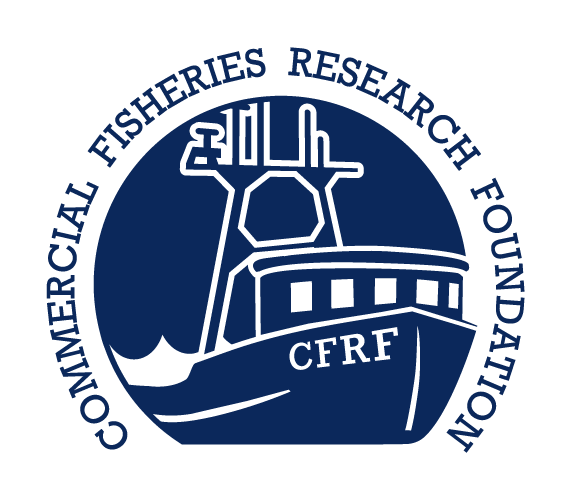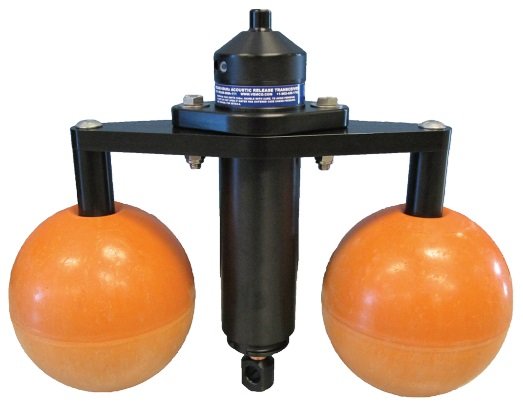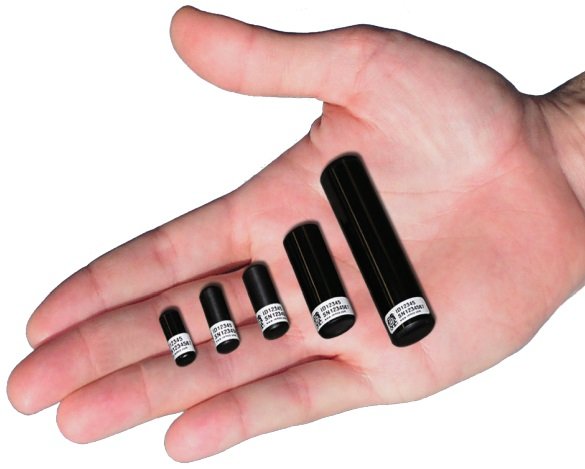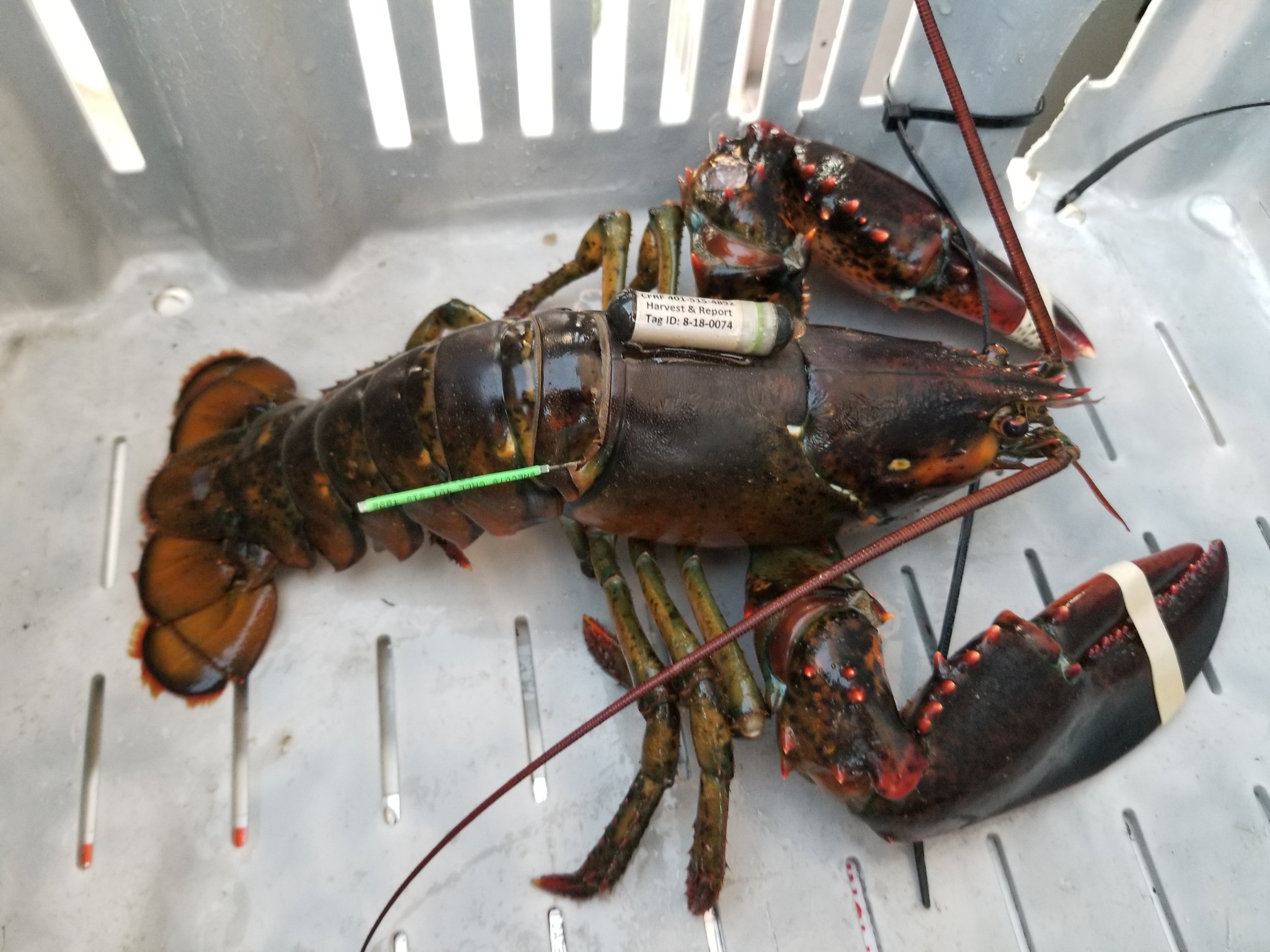SFWF Acoustic Monitoring Survey
General Description:
Of the many potential impacts of offshore wind energy development, the instillation of turbines will result in the introduction of new hard structure on the seafloor and in water column within the areas of development. This direct change in the physical environment will likely impact the habitat suitability of wind energy development areas for species that typically inhabit or migrate through the areas. Structure associated species may be drawn to the increase in structure within wind energy developments; however, the spatial extent to which they utilize the turbine foundations as suitable habitat is relatively unknown. We are monitoring the area surrounding a single turbine within the South Fork Wind Farm (SFWF) with a fine scale positioning acoustic telemetry array to determine the spatial scale to which turbine foundations provide habitat for structure associated species commonly found throughout Southern New England. Using a second identical fine scale positioning acoustic telemetry array, we are also monitoring an area without wind farm development, but with similar pre-construction rocky reef habitat to the SFWF area in order to compare fish and crustacean behavior around both natural rocky and artificial turbine foundation reefs. The overall objective of this project will be to assess the fine scale seasonal distribution, movement, and habitat use of structure associated species around a turbine foundation in the SFWF with comparisons to similar pre-construction natural rocky reef habitat.
Project Team:
Collaborators
Greg Mataronas, F/V Cailyn and Maren, Sakonnet, RI
Todd Sutton, F/V Sweet Misery and F/V More Misery, Newport, RI
Commercial Fisheries Research Foundation
Michael Long - Project Lead
N. David Bethoney
Project Timeline:
April 2024: Range testing to determine detection efficiency of acoustic telemetry equipment around wind farm turbine foundations
June 2024: Deployment of both acoustic receiver arrays in SFWF and undeveloped natural reef areas
June 2024 - November 2024: Deployment of 200 acoustic transmitters on fish and crustaceans
May 2025 - November 2025: Deployment of 200 acoustic transmitters on fish and crustaceans
May 2025: Removal of both acoustic receiver arrays in SFWF and undeveloped natural reef areas
Data Recorded:
Fine scale positioning acoustic telemetry will provide exact date and time associated latitude and longitude positions for individual tagged fish and crustaceans located within the two receiver arrays, allowing for data to give insight into exactly where and for how long tagged individuals are staying in specific areas, particularly around a wind turbine foundation and along power cable routes. Residency times and spatial use of specific areas will be compared to data from the receiver array within the undeveloped area, allowing for comparisons between the artificial turbine reef and natural habitat found in Southern New England.
Primary species that are included in this project include American lobster, Atlantic cod, black sea bass, cunner, Jonah crab, rock crab, scup, and tautog. These species will be tagged on survey trips as part of the SFWF Ventless Trap Survey. If encountered, additional species of fluke, monkfish, and winter skate will also be tagged as part of the SFWF Mechanical Jigging Survey.
Survey Gear:
Approximately 40 Innovasea VR2AR receivers are deployed in each of the two array locations on fully submerged acoustic release moorings. Approximately 400 fish and crustaceans will be externally tagged with Innovasea acoustic transmitters throughout the project, with 200 tags deployed in each receiver array area. Crustaceans will be tagged with V9 transmitters and finfish will be tagged with V9P transmitters that allow for the tagged animal’s depth in the water column to be determined in addition to its exact location.



